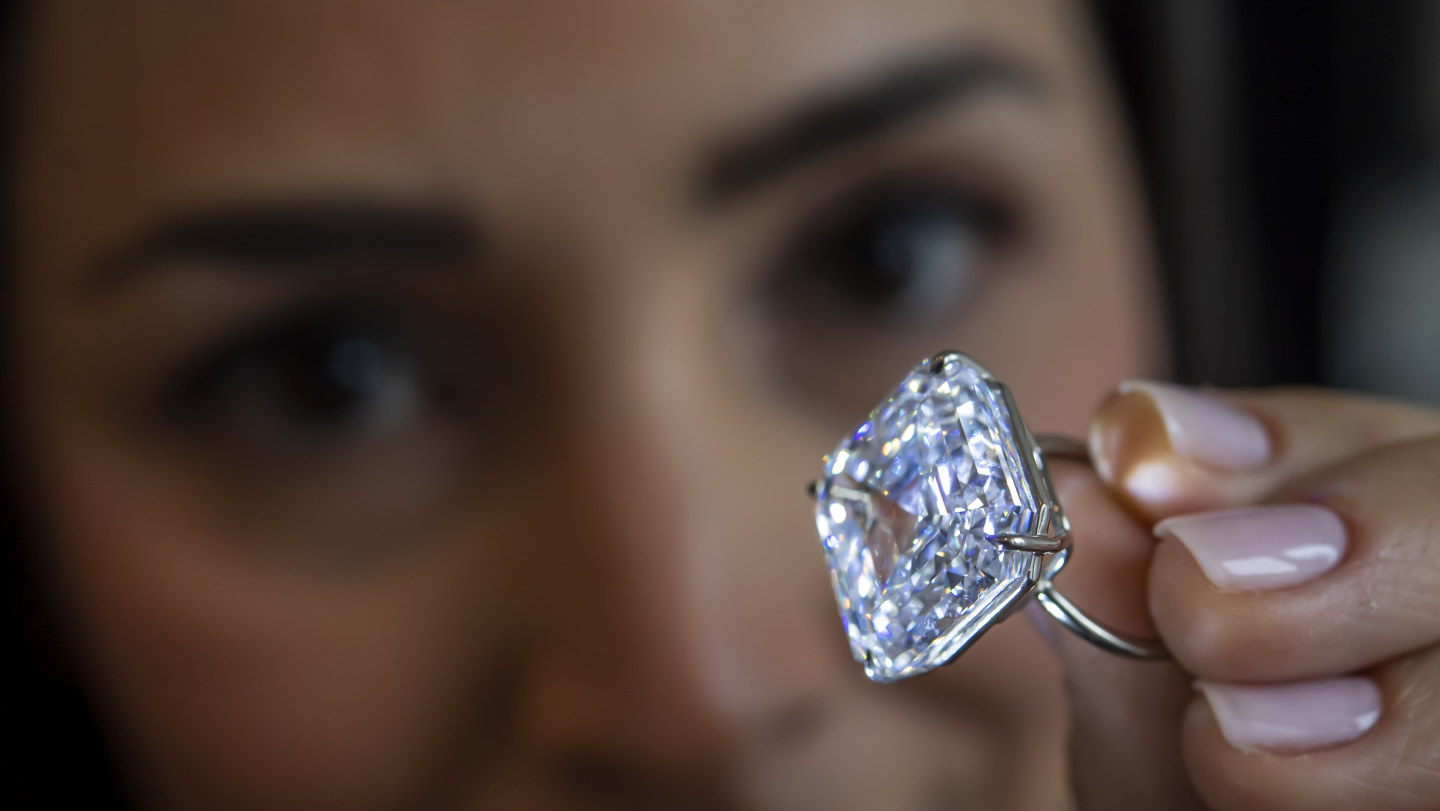Introduction to Lab-Grown Diamonds
Lately, lab-grown diamonds have arisen as a revolutionary force in the gemstone industry. However, what exactly are they?
What Are Lab-Grown Diamonds?
Lab-grown diamonds, often alluded to as synthetic or refined diamonds, are gemstones created in a controlled environment that replicates the natural conditions under which diamonds form. Unlike their natural counterparts, which take millions of years to form profound within the Earth lab grown diamonds and cultures, lab-grown diamonds can be created in weeks. Despite this, they have the same physical and chemical properties as natural diamonds, making them a remarkable alternative.
How Lab-Grown Diamonds Are Made
There are two primary strategies for creating lab-grown diamonds: High Strain High Temperature (HPHT) and Chemical Vapor Deposition (CVD).
HPHT mimics the natural diamond-forming conditions by applying high tension and temperature to carbon. This technique brings about diamonds that are chemically identical to those mined from the Earth.
CVD involves breaking down carbon-containing gases in a vacuum chamber to create a diamond crystal layer by layer. This cycle is more precise and can create diamonds with less inclusions.
Cultural Perspectives on Lab-Grown Diamonds
Diamonds have held significant cultural value for centuries, symbolizing wealth, influence, and beauty. The rise of lab-grown diamonds has sparked a variety of cultural reactions, reshaping perceptions and traditions.
Historical Significance of Diamonds in Cultures
Historically, diamonds have been treasured across cultures. In Western societies, they have often symbolized eternal love and commitment, famously featured in engagement rings. In Eastern cultures, diamonds are prized for their alleged mystical and healing properties. The deep rooted symbolism of natural diamonds has made the rise of lab-grown alternatives a point of cultural intrigue and sometimes resistance.
Present day Views on Lab-Grown Diamonds
Acceptance in Western Cultures
In Western cultures, the acceptance of lab-grown diamonds has been growing. Initially met with skepticism, these diamonds are by and by celebrated for their ethical and environmental advantages. Many individuals are drawn to their lower cost and the absence of mining-related issues, like conflict and environmental degradation.
Perceptions in Eastern Cultures
Acceptance in Eastern Cultures
Eastern cultures have shown a more cautious approach toward lab-grown diamonds. Traditional beliefs and practices often hold significant sway, and the idea of synthetic diamonds can be viewed with suspicion. However, as awareness creates about their ethical benefits, there is a gradual shift towards acceptance.
The Impact of Lab-Grown Diamonds on Culture
Lab-grown diamonds are not just a new fad; they are influencing cultural practices and industry standards.
Ethical Considerations
One of the most compelling aspects of lab-grown diamonds is their ethical advantage. They provide an alternative to mined diamonds, which can be associated with conflict and poor working conditions. Lab-grown diamonds are often viewed as a more ethical choice, appealing to consumers who are increasingly worried about the origins of their purchases.
Man made diamonds, also known as synthetic or cultured diamonds, are created through technological processes that replicate the natural conditions under which diamonds form. These diamonds are produced using methods like High Pressure High Temperature (HPHT) or Chemical Vapor Deposition (CVD), which simulate the intense pressure and temperature of the Earth’s mantle or deposit carbon atoms in a controlled environment, respectively.
Environmental Impacts
Sustainability in the Adornments Industry
The environmental impact of mining natural diamonds is significant, involving large-scale earth-moving and habitat destruction. Lab-grown diamonds, then again, have a much lower environmental footprint. This sustainability aspect is increasingly valued by consumers and is shaping industry practices.
Consumer Attitudes and Patterns
The shift in consumer attitudes towards lab-grown diamonds is driven by growing awareness of sustainability and ethical issues. As more individuals search out eco-friendly and socially responsible items, lab-grown diamonds are becoming more popular and accepted.
Lab-Grown Diamonds in Popular Culture
Lab-grown diamonds are making their mark in popular culture, influencing patterns and media representations.
Media Representation
Media portrayals of lab-grown diamonds have created from skepticism to a more positive light. Documentaries, news reports, and feature articles are increasingly showcasing their benefits and potential.
Influence on Fashion and Adornments Patterns
Celebrity Endorsements
Celebrities have played a crucial work in popularizing lab-grown diamonds. High-profile endorsements and appearances in honorary pathway occasions have assisted with normalizing and celebrate these diamonds.
Mainstream society References
Lab-grown diamonds are also making appearances in mainstream society, from movies to Network programs, reinforcing their place in contemporary society.
Future Standpoint
Looking ahead, lab-grown diamonds are poised to further influence cultural and industry norms.
Emerging Patterns and Innovations
Technological advancements are continually improving the quality and variety of lab-grown diamonds. Innovations in production techniques and design should continue to drive their popularity.
Cultural Evolution and Acceptance
As cultural attitudes continue to create, lab-grown diamonds are likely to end up being more widely accepted and integrated into traditional practices.
Conclusion
Lab-grown diamonds address a significant shift in the world of gemstones, merging technological innovation with cultural tradition. Their growing acceptance across different cultures highlights a broader pattern towards ethical and sustainable consumer choices. As we plan ahead, lab-grown diamonds are set to continue reshaping cultural norms and industry standards, offering a brilliant alternative to natural diamonds.

